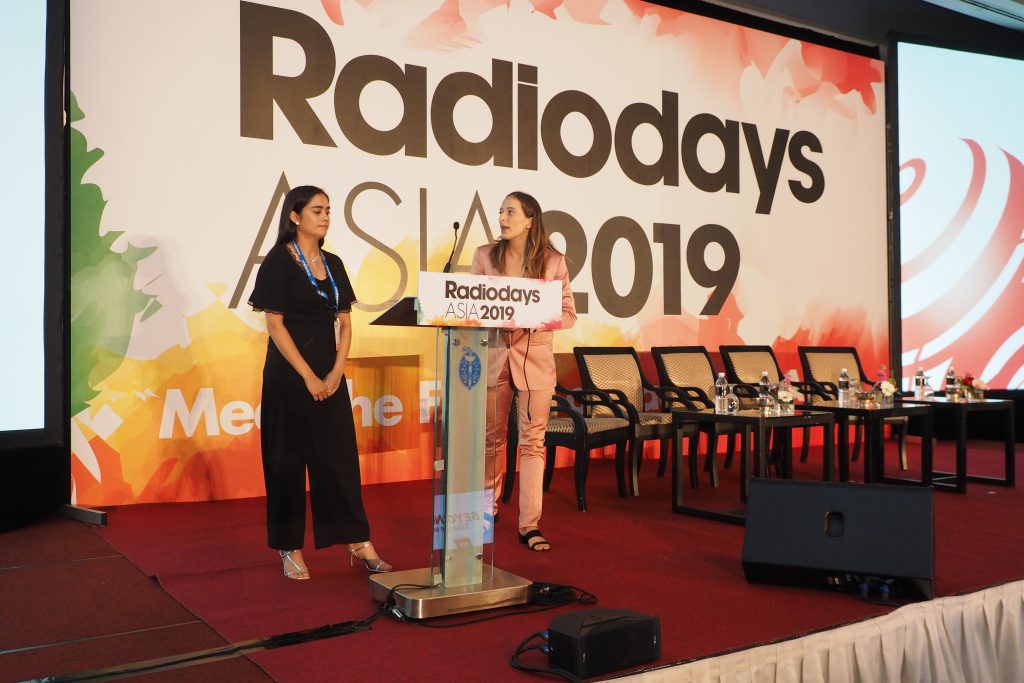Fake content shared by people is due to 3 key elements: Digital deluge, Skepticism about the news media and a Blurred definition of news driven by FB & Whatsapp. There is now a breeding ground for fake news in the ever changing media environment. People want not only the facts but a explanation of ‘why is this important for me?’ This doesn’t encourage people in India to check facts before sharing. People share messages that they don’t read/watch, people like images better than text, the most popular images to share on Whatsapp are bold, colourful images, messages from people who have social standing or fame have greater impact and finally people ‘cannot be bothered to verify’ the validity of a message – they just look ‘is the person who sent it to me credible’. People receive and share content to verify it – there is no self verification. More and more content gets shared in order for more and more people to verify the content. There is a higher purpose also for sharing content – as the message is crafted in a way which shows urgency and importance people are encouraged to share the message to help (without realising that the content is fake). Sharing is an expression of identity for example as part of the rise of the Hindu nationalism movement in India. Examples of whatsapp content were show which has been written to glorify India. This session discussed the rise of the Hindu nationalism and also how the left shares fake news – the language used, the colours and photos which have been doctored. There was a discussion on the Fake News Eco-system and what was the make up of this eco-system from the right to the left. In conclusion audiences are award of misinformation but as a problem for society, not for them, the link between consumption and sharing is broken and fact checking is limited.


